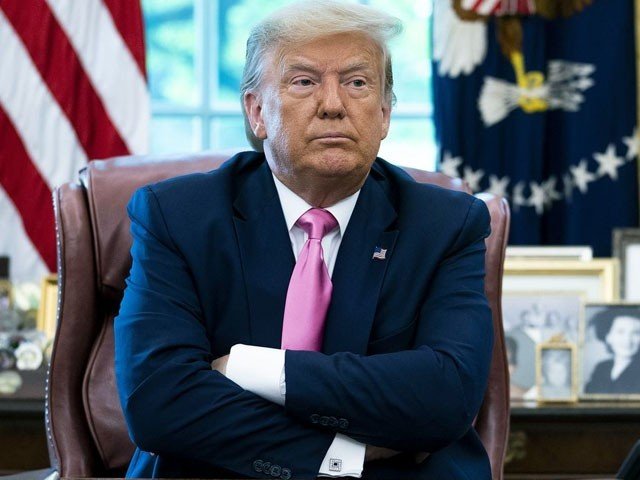Saudi Arabia Crown Prince Mohamed Bin Salman: "Peace With Iran Is possible"
The will of the Biden Administration to re-float the nuclear agreement has activated a series of diplomatic springs that are reversing the escalation of tension in the Middle East experienced during the Trump era. This trend is neither strong nor without setbacks. The Saudi crown prince, Mohamed bin Salman, gave new signs of it this Tuesday night when, with words radically different from those once used against his neighbor, he opted for a rapprochement with Iran.
"Iran is a neighboring country. We are trying to have good relations with Iran," said the appointed successor to the Saudi throne during a rare television intervention on his state network. "We have interests in Iran, our goal is to see a prosperous Iran," he said. Nothing to do with one of his last interviews, in 2017, when, recognizing a regional confrontation of interests, he advocated "working so that the battle takes place in Iran, not in Saudi Arabia."
Many things have changed since then but, above all, in the White House there is no longer a leader who justifies excesses of his allies by waving arms bills. The reduction of Joe Biden's support for the Saudi intervention in Yemen , one of the areas of dispute between Iran and Saudi Arabia, the good progress of the Vienna negotiations to make the Comprehensive Plan of Joint Action (PIAC) or atomic pact work, and US political influence in Riyadh are having an effect.
Gone are events such as the murder of 25 people at the end of 2018 during a military parade in the Iranian city of Ahvaz, claimed by a separatist group that, according to an investigation by the Danish Police, was in contact with Saudi intelligence. Or the economically devastating drone attack on a Saudi Aramco refinery a year later, which was attributed to the Houthi movement in Yemen but which, for the Saudis and many analysts, had an Iranian stamp.
The closeness and prominence of Saudi Arabia and Iran, two energy powers with the will to influence their peripheries, inevitably puts them in competition. However, it was not until the beginning of 2016 that the rivalry lost its forms. The execution of a Shiite cleric for his dissident actions in Saudi Arabia was met with an assault on the Riyadh embassy in Tehran. Since then, the tension has only increased, even fearing a direct clash between the two countries .
In recent weeks, however, diplomacy has kicked in. According to various media, although without explicit official confirmations, envoys from both capitals have met in Baghdad to look at building bridges. To the Iraqi capital, which acts as a mediator in these efforts - not in vain, Iraq has been another of the scenarios of regional dispute, the Iranian Foreign Minister, Mohamed Javad Zarif, traveled this week, who applauded his role before traveling to Oman , another traditional mediating country.
In recent hours, some analysts have even pointed to a meeting that supposedly took place recently in the strictest secrecy, between Iranian Ali Shamkhani, Tehran's security czar, and the head of the CIA, William Burns. A Saudi emissary was also allegedly present at the meeting. Official sources deny the meeting, although they have been favorable to the understanding, in line with the conciliatory tone of Mohamed bin Salman of the last hours.
During the television appearance, the Saudi prince emphasized some of his grievances. "We are working together with our partners in the region to overcome our differences with Iran, especially its support for militias and the development of its nuclear program," said Mohamed bin Salman. The Iranians have accused the Saudis of fueling an arms escalation in the region through large purchases of advanced US weapons paid for with petrodollars.
With no face-to-face meetings between Arab and Persian leaders in sight, this diplomatic route runs parallel to that of Vienna, where nuclear contacts between Iran and the US are resumed this Wednesday, indirectly and with the mediation of the EU. Enrique Mora, Deputy Secretary General of the European Foreign Action Service, has explained in a trill that the dialogue advances in two objectives: "That the US returns to PIAC and the full implementation of the agreement." There are positive notes, but nothing closed.
In an article recently written for the digital Foreign Policy, Mora highlights one of the paradoxes of these conversations. " They should limit themselves to drawing up the minutes of the return of the agreement. And yet, it is not so easy. The difficulty comes, in all cases, from the time that has elapsed since the signing of the agreement, from the experiences of the parties, very negative in the Iranian case, and the perceptions that time has been generating, "in particular mutual" mistrust. " Same with Saudi Arabia.




Comments
Post a Comment